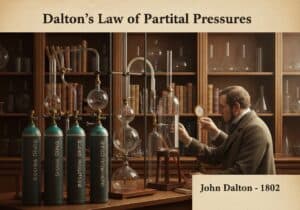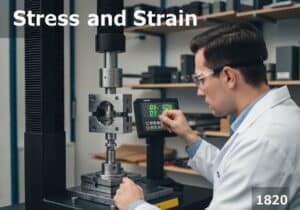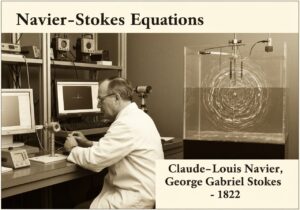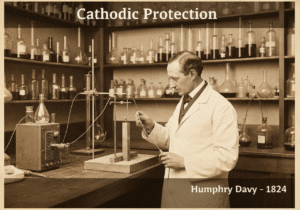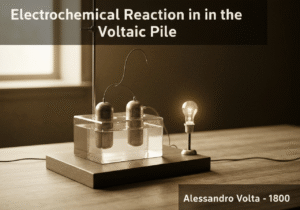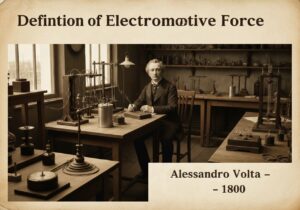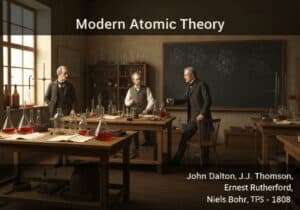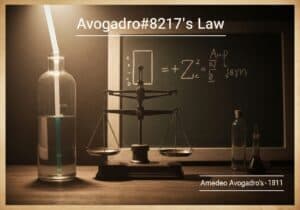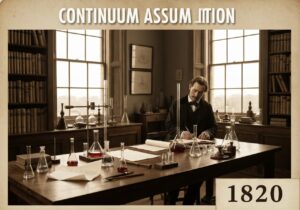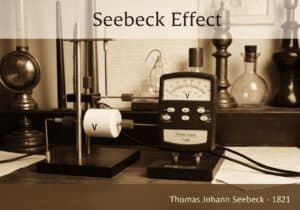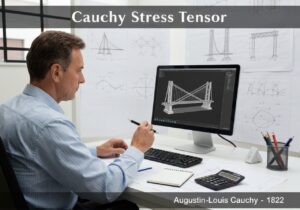The speed of sound (\(c\)) in a perfect gas is determined by its thermodynamic properties, not its pressure or density alone. The formula is \(c = \sqrt{\gamma R_s T}\), where \(\gamma\) is the heat capacity ratio (\(c_p/c_v\)), \(R_s\) is the specific gas constant, and \(T\) is the absolute temperature. Thus, sound travels faster in hotter gas.
Speed of Sound in a Perfect Gas
- Pierre-Simon Laplace

The propagation of sound is a mechanical wave that travels through a medium by causing adiabatic (i.e., no heat transfer) compressions and rarefactions. Isaac Newton first attempted to calculate the speed of sound assuming an isothermal process, which yielded an incorrect result. Pierre-Simon Laplace corrected this by recognizing that the compressions and rarefactions happen so quickly that there is no time for significant heat exchange with the surroundings, making the process adiabatic.
For a perfect gas undergoing an adiabatic process, the relationship between pressure and density is \(P \propto \rho^\gamma\). The speed of sound is generally given by \(c = \sqrt{(\partial P / \partial \rho)_S}\), where the derivative is taken at constant entropy (adiabatically). Applying this to the perfect gas model yields \(c = \sqrt{\gamma P / \rho}\). By substituting the perfect gas law in the form \(P = \rho R_s T\), we arrive at the more common form \(c = \sqrt{\gamma R_s T}\). This equation reveals the crucial insight that the speed of sound in a gas depends only on its composition (which determines \(\gamma\) and \(R_s\)) and its absolute temperature.
Type
Disruption
Usage
Precursors
- Newton’s formula for the speed of sound (isothermal assumption)
- concept of adiabatic processes
- ideal gas law
- definition of heat capacity ratio
- wave theory
Applications
- aerodynamics and aerospace engineering (calculating mach number)
- design of supersonic aircraft and rockets
- acoustics and noise control engineering
- non-destructive testing of materials using ultrasound
- meteorology for analyzing atmospheric phenomena
Patents:
Potential Innovations Ideas
Professionals (100% free) Membership Required
You must be a Professionals (100% free) member to access this content.
AVAILABLE FOR NEW CHALLENGES
Mechanical Engineer, Project, Process Engineering or R&D Manager
Available for a new challenge on short notice.
Contact me on LinkedIn
Plastic metal electronics integration, Design-to-cost, GMP, Ergonomics, Medium to high-volume devices & consumables, Lean Manufacturing, Regulated industries, CE & FDA, CAD, Solidworks, Lean Sigma Black Belt, medical ISO 13485
We are looking for a new sponsor
Your company or institution is into technique, science or research ?
> send us a message <
Receive all new articles
Free, no spam, email not distributed nor resold
or you can get your full membership -for free- to access all restricted content >here<
Historical Context
Speed of Sound in a Perfect Gas
(if date is unknown or not relevant, e.g. "fluid mechanics", a rounded estimation of its notable emergence is provided)
Related Invention, Innovation & Technical Principles

